The function f (x) = x2 has a domain of all real numbers (x can be anything) and a range that is greater than or equal to zero Two ways in which the domain and range of a function can be written are interval notation and set notation Find the domain and range of the function f(x) = (x^2 9)/(x 3) asked in Sets, Relations and Functions by RamanKumar (499k points) sets;Algebra Find the Domain and Range f (x)=2/x f (x) = 2 x f ( x) = 2 x Set the denominator in 2 x 2 x equal to 0 0 to find where the expression is undefined x = 0 x = 0 The domain is all values of x x that make the expression defined Interval Notation
Http Fsw01 c Cuny Edu Luis Fernandez01 Web Teaching Classes Math30 Nikos 30sp10 Funex Pdf
F(x)=2/x+1 domain and range brainly
F(x)=2/x+1 domain and range brainly- What is the domain and range of #f(x)=(x^21)/(x1)#?The given real function is f (x) = x − 1 It can be seen that x − 1 is defined for (x − 1) ≥ 0 ie, f (x) = (x − 1) is defined for x ≥ 1 Therefore the domain of f is the set of all real numbers greater than or equal to 1 ie, the domain of f = 1, ∞)




Get Answer Show Transcribed Image Text 1 Given That F X X 2 5x 6 X 2 A Transtutors
Find the Domain and Range f(x) = log of x12 f (x) = log (x − 1) 2 f(x)=log(x1)2 Set the argument in log (x − 1) log(x1) greater than 0 0 to find where the expression is defined x − 1 > 0 x1>0 Add 1 1 to both sides of the inequality x > 1 x>1 The domain is all values of x x that make the expression defined Interval Notation (1, ∞) (1,∞) SetBuilder Stack Exchange network consists of 178 Q&A communities including Stack Overflow, the largest, most trusted online community for developers to learn, share their knowledge, and build their careers Visit Stack Exchange The domain and range of real function f defined by f(x) = √x 1 is given by asked in Sets, Relations and Functions by Sima02 ( 493k points) relations and functions
Question 1 Find the domain and range of the following functions f(x) = x 3 Solution Domain A set of all defined values of x is known as domain Range The out comes or values that we get for y is known as range Domain for given function f(x) = x 3 For any real values of x, f(x) will give defined values Hence the domain is R Since we have absolute sign, we must get only1 cos 2 x ≥ 0 cos 2 x ≤1 cos x ∈ 1,1 Hence, for the trigonometric functions f(x)= sin x and f(x)= cos x, the domain will consist of the entire set of real numbers, as they are defined for all the real numbers The range of f(x) = sin x and f(x)= cos x will lie from 1 to 1, including both 1 and 1, ie1 ≤ sin x ≤11 ≤ cos xArithmetic Mean Geometric Mean Quadratic Mean Median Mode Order Minimum Maximum Probability MidRange Range Standard Deviation Variance Lower Quartile Upper Quartile Interquartile Range Midhinge Standard Normal Distribution Physics Mechanics Chemistry Chemical Reactions Chemical Properties Finance Simple Interest Compound Interest Present
Figure 3 Domain and range of a function and its inverse When a function has no inverse function, it is possible to create a new function where that new function on a limited domain does have an inverse function For example, the inverse of f ( x) = x \displaystyle f\left (x\right)=\sqrt {x} f (x(x^21)/(x^21) domain Natural Language;The polynomial is defined for all x, so the domain is x in (minf,inf) Rewrite f(x)=x^2x1 as f(x)=(x1/2)^2–1/4–1=(x1/2)^2–5/4 Since (x1/2)^2>=0 for all x
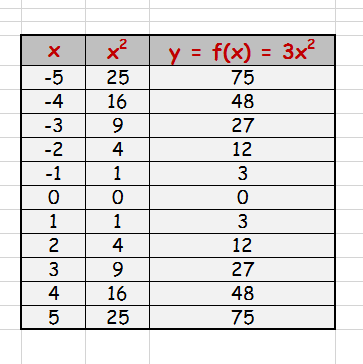



How Do You Find The Domain And Range Of Y 3x 2 Socratic




Find The Domain And Range And Sketch The Graph A F X 2 0 4 X B F X X 2 2 X 1 C F X 2 T T 2
0 votes 1 answer Show that the relation xy = 2 is a function for a suitable domain Find the domain and the range of the function asked in Sets, Relations and Functions byFind the Domain and Range F (x)=1/ (x^2) F (x) = 1 x2 F (x) = 1 x 2 Set the denominator in 1 x2 1 x 2 equal to 0 0 to find where the expression is undefined x2 = 0 x 2 = 0What is the domain and range of f(x)=1/sqrt (9x^2)?



Www Mathsdiy Com Wp Content Uploads 19 08 Functions Domain Range Composite Solutions Pdf
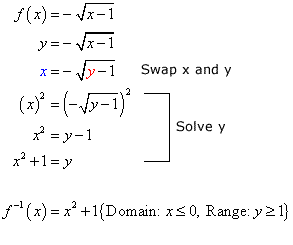



Inverse Of Square Root Function Chilimath
Find Domain and Range of real functions (1) `f(x)=(x2)/(3x)` (2)`f(x)=1/sqrt(x5)` (3) `f(x)=x/(1x^2)` Therefore, the range of f(x) is the union of the range of the two pieces, namely y > 1 (When x = 15, y = 1, so y = 1 is clearly in the range of f(x)) I ended up making a table of values in a spreadsheet to determine the range It seems that the fact that the function is fractional with an absolute value is throwing us offDomain of f (x) = x/ (x^21) WolframAlpha Assuming "domain" is referring to a real function property Use as a plotting function instead




Domain And Range Of 1 X 2 2x 8 Youtube
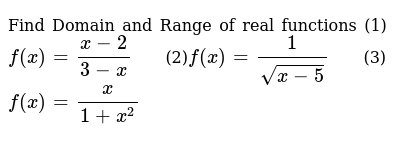



Find Domain And Range Of Real Functions 1 F X X 2 3 X 2 F X 1 Sqrt X 5 3 F X X 1 X 2
Algebra Expressions, Equations, and Functions Domain and Range of a Function 1 Answer Narad T The domain is #x in (oo,1) uu(1,oo)# The range is #y in (oo, 2sqrt8 uu 2sqrt8, oo)# Explanation AsClick here👆to get an answer to your question ️ Find the domain and range of the function f (x) = x ^2/1 x ^2 Explanation f (x) = x2 1 − x2 = x2 (1 − x)(1 x) As we cannot divide by O, x ≠ 1 and x ≠ −1 The domain of f (x) is Df(x) = R −{ − 1,1} To calculate the range, we need to calculate f −1(x) Let y = x2 1 − x2 We interchange y and x x = y2 1 −y2 Now, we calculate y in terms of x




Find The Domain And Range Of Function F X X 2 1 X 2 Brainly In




Question Video Finding The Domain And Range Of A Cubic Function Given Its Graph Nagwa
What is the domain and range of f (x) = 1/ (1x^2) in interval notation?Extended Keyboard Examples Upload Random Compute answers using Wolfram's breakthrough technology & knowledgebase, relied on by millions of students & professionals For math, science, nutrition, history, geography, engineering, mathematics, linguistics, sports, finance, music WolframAlpha brings expertlevelDomain and range » Tips for entering queries Enter your queries using plain English To avoid ambiguous queries, make sure to use parentheses where necessary Here are some examples illustrating how to ask for the domain and range domain of log(x) (x^21)/(x^21) domain;
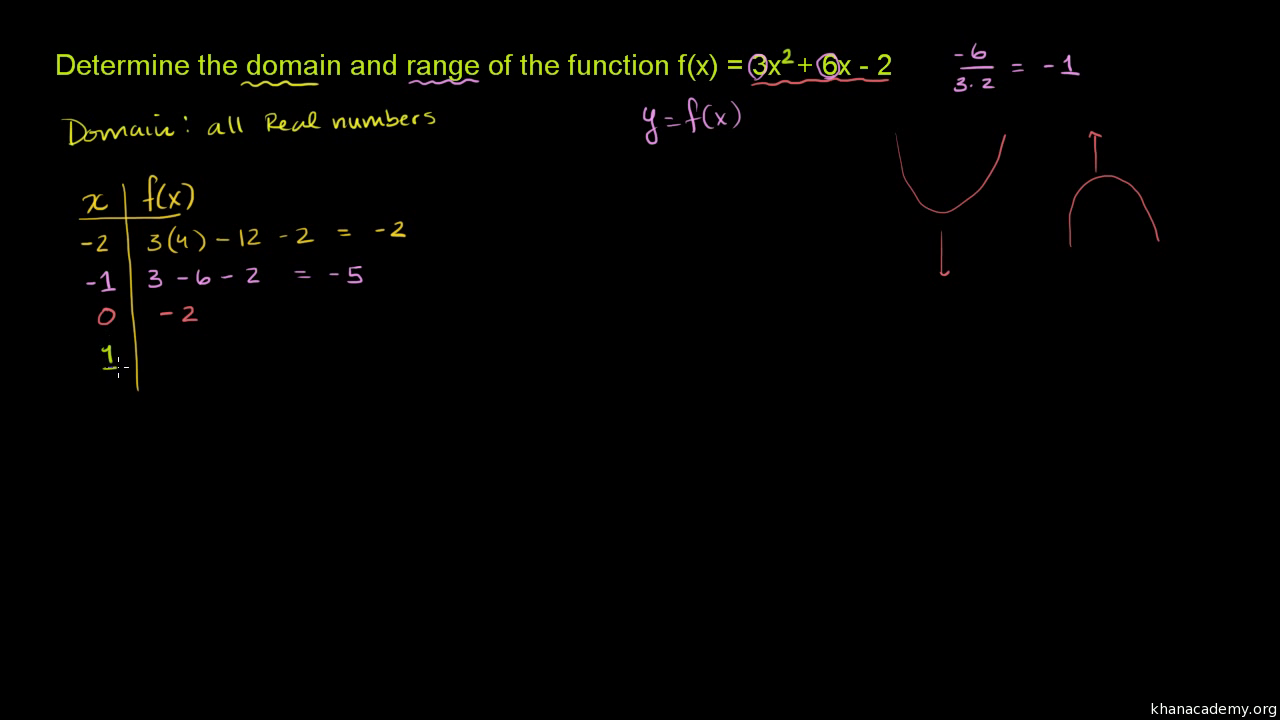



Domain And Range Of Quadratic Functions Video Khan Academy




Look At The Function F X X 2 2 Which Of The Following Describes The Domain And Range Of The Brainly Com
F (x) = x2 f (x) = x 2 The domain of the expression is all real numbers except where the expression is undefined In this case, there is no real number that makes the expression undefinedFind the domain and range of f (x) = 1 6 − x 2 Easy Open in App Solution Verified by Toppr Consider the given function f (x) = 1 6 − x 2 For domain under root should not be n egative quantity, 1 6 − x 2 ≥ 0 1 6 ≥ x 2 Therefore, x ≤ 4 or x ≥ − 4 Then, The domain − 4, 4 R a n g e f (x) is maximum at x = 0, f (x) = 4 And f (x) is minimum at x = 4, f (x) = 0 R a n gDomain of f(x) = x/(x^21) Natural Language;




4 Ways To Find The Range Of A Function Wikihow
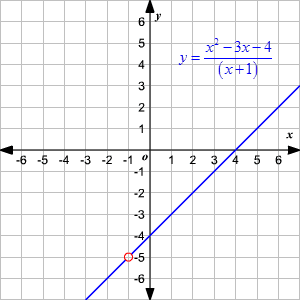



Domain And Range Of Rational Functions
Extended Keyboard Examples Upload Random Compute answers using Wolfram's breakthrough technology & knowledgebase, relied on by millions of students & professionals For math, science, nutrition, history, geography, engineering, mathematics, linguistics, sports, finance, music WolframAlpha brings expertlevelThis is the Solution of Question From RD SHARMA book of CLASS 11 CHAPTER RELATIONS AND FUNCTIONS This Question is also available in R S AGGARWAL book of CLASHow to Find the Domain and Range of f(x, y) = ln(xy 2)If you enjoyed this video please consider liking, sharing, and subscribingYou can also help support




Find The Domain And Range Of F X 1 Sqrt X 2



Domain And Range Of A Function
Write the Domain and Range of the Function F ( X ) = X − 2 2 − X CBSE CBSE (Commerce) Class 11 Textbook Solutions 8184 Important Solutions 14 Question Bank Solutions 7221 Concept Notes & Videos 365 Syllabus Advertisement Remove all ads Write the Domain and Range of the Function F ( X ) = X − 2 2 − X Mathematics Advertisement Remove all ads AdvertisementDomain of f ( x) = sin ( ln ( 1 − x 4 − x 2 )) is Medium View solution > The value of x for which the function 2 x − 5 1 is not defined Medium View solution > A = the domain of f where f ( x) = lo g x 2 and B = the domain of g where g ( x) = 2 lo g x, then A − B = Explanation f (x) = 2x2 − 1 Since this function has no restricted values, The domain and range are all real numbers Answer link
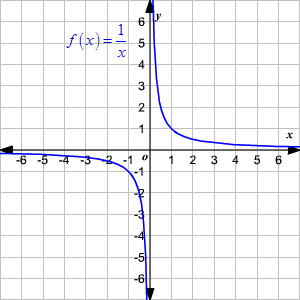



Domain And Range Of Rational Functions




What Is The Domain And Range Of The Function F Given By F X 2 X 5 Mathematics Topperlearning Com Gh19atoo
To ask Unlimited Maths doubts download Doubtnut from https//googl/9WZjCW Find domain and range of `f(x)=x/(1x^2)`Be careful when you find the range of the function Are you doing correctly? Find the domain of the function \(f(x)=\dfrac{x1}{2−x}\) Solution When there is a denominator, we want to exclude any \(x\)values that force the denominator to be zero To find these values, we set the denominator equal to 0 and solve for \(x\) \ \begin{align*} 2−x=0 \\5pt −x &=−2 \\5pt x&=2 \end{align*}\ Now, we will exclude 2 from the domain The domain



For The Function F X X 2 5 Find The Domain And Range Enotes Com
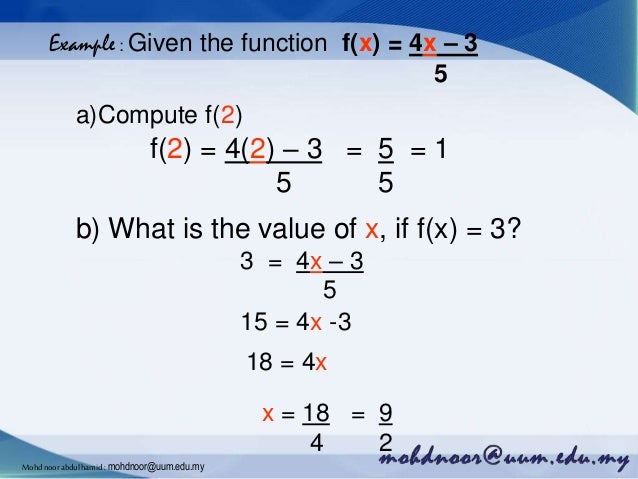



Introduction To Function Domain And Range Mohd Noor
Create your account We are given the function f(x) = 2x2−3x−1 f ( x) = 2 x 2 − 3 x − 1 We want to find theFind the Domain and Range f (x)=x^21 f (x) = x2 1 f (x) = x 2 1 The domain of the expression is all real numbers except where the expression is undefined In this case, there is no real number that makes the expression undefinedCheck it out Watch more videos to learn the various concept of Relations and F




Find The Domain And Range Of The Function Defined By F X 1 9 X Please Help Me Brainly In



Q Tbn And9gcqgqrwpnxjwt0kskruy6guwbb9vrtxcyvozrczh7yys7zu6fw5a Usqp Cau
Answer and Explanation 1 Become a Studycom member to unlock this answer!F (x) = 2, when x = 1 the original function would include division by 0 So x ≠ 1 Both x = 1 and x = −1 would make the denominator 0 Again, this function can be simplified to , but when x = 1 or x = −1 the original function would include division by 0, so x ≠ 1 and x ≠ −1 This is an example with no domain restrictions, even though there is a variable in the denominator Since xWhen the given function is of the form f(x) = 1/(x – 1), the domain will be the set of all real numbers except 1 In some cases, the interval be specified along with the function such as f(x) = 3x 4, 2 < x < 12 Here, x can take the values between 2 and 12 as input (ie domain)




Find The Domain And Range Of The Function F X 1 2 Sin3x Youtube




If F X X 2 X X 2 2x Then Find The Domain And Range Of F Show That F Is One One Youtube
Explanation let y = 1 x 2 the denominator of y cannot be zero as this would make y undefined Equating the denominator to zero and solving gives the value that x cannot be solve x 2 = 0 ⇒ x = − 2 ← excluded value ⇒ domain is x ∈ R,x ≠ −2 to find the range rearrange making xFind the domain of 1/(e^(1/x)1) function domain square root of cos(x)Find the Domain and Range f (x)= (x^21)/ (x1) f (x) = x2 − 1 x − 1 f (x) = x 2 1 x 1 Set the denominator in x2 −1 x−1 x 2 1 x 1 equal to 0 0 to find where the expression is undefined x−1 = 0 x 1
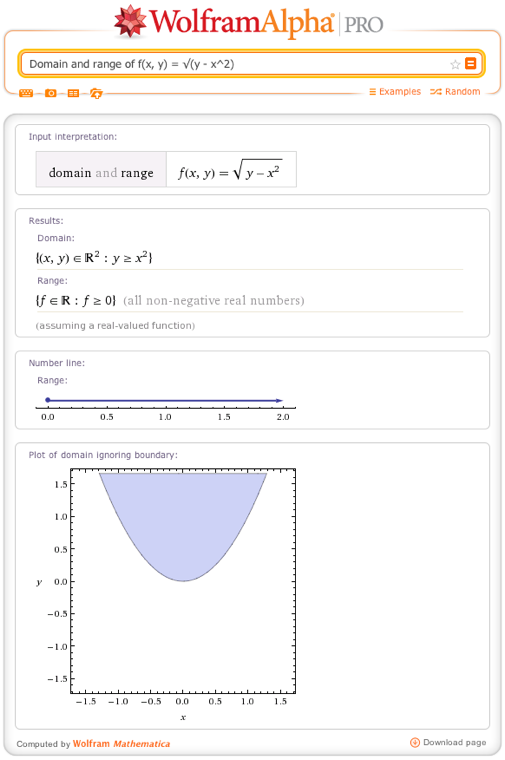



Solve Domain And Range Of A Function With Wolfram Alpha Wolfram Alpha Blog




Finding The Domain And Range Of A Function In Chegg Com
Find the domain and range of the function f (x) = 2 − sin3x1 Solution Solution f (x) = 2 − sin3x1 Here, 2 − sin3x can never be zero as sin3x will always less than 2 ∴ Domain of f (x) will be x ∈ R Now, f (x) will be maximum when 2 − sin3x is minimum 2 − sin3x will be minimum when sin3x = 1The domain is easy to find The denominator must be nonzero, and the quantity being squarerooted must be nonnegative Combine these two conditions The range could cause us some trouble To begin with, note that the function is always positive, as per the definition of the square root The following two statements are true The Given f (x) = 1/√x−5 To find the domain and range of function Explanation So, the domain of a function consists of all the first elements of all the ordered pairs, ie, x, so we have to find the values of x to get the required domain Given, f (x) = 1/√x−5 Now for real value of x5≠0 and x5>0 ⇒ x≠5 and x>5 Hence the domain of f = (5, ∞) And the range of a function



What Is The Domain And Range Of F X Sqrt 2 X X 2 Quora




Domain And Range Calculator Wolfram Alpha
Solution For Let f be a oneone function with domain {x,y,z} and range {1,2,3} It is given that exactly one of the following statements is true and r Become a Tutor Blog Cbse Question Bank Pdfs Micro Class Download App Class 12 Math Calculus Relations and Functions II 503 150 Let f be a oneone function with domain {x,y,z} and range {1,2,3} It is given that exactly one of theFind the domain and range of the function f (x) = 2 − ∣ x − 5 ∣ A D o m a n = R , R a n g e = (− ∞, 1 B D o m a n = R, R a n g e = (− ∞, 2 C D o m a n = R, R a n g e = (− ∞, 2) D D o m a n = R , R a n g e = (− ∞, 2 Medium Open in App Solution Verified by Toppr Correct option is B D o m a n = R, R a n g e = (− ∞, 2 Given f (x) = 2 − ∣ x − 5Solution We have, f(x) = 1 1 − x2 Clearly, f(x) is defined for all x ∈ R except for which x2 − 1 = 0 ie, x = ± 1 Hence, Domain of f = R − { − 1, 1} Let f(x) = y Then, 1 1 − x2 = y ⇒ 1 − x2 = 1 y ⇒ x2 = 1 − 1 y = y − 1 y
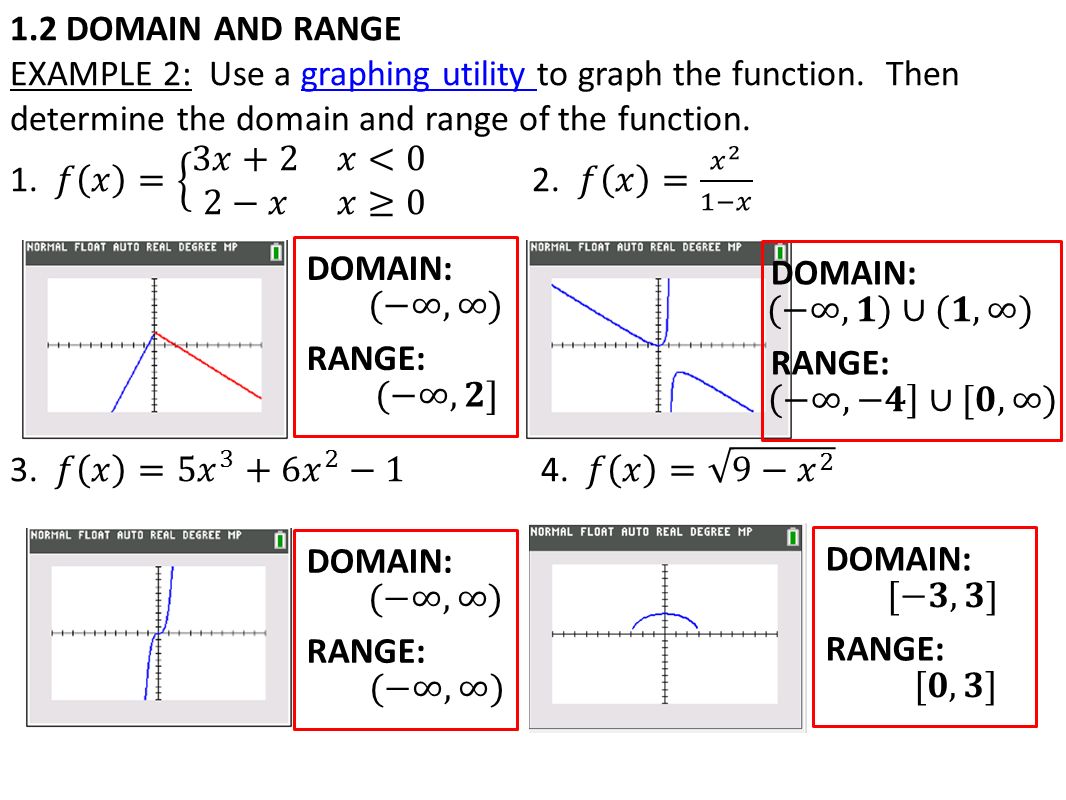



Warm Up Linear Equations Multiple Choice Learning Targets Ppt Video Online Download




Find Domain And Range Of Function Let A 2 1 0 1 2 And F A Gtz Be Given By F X X 2 2x Youtube
Find the domain and range of the real function f (x) = x/1x^2 ━━━━━━━━━━━━━━━━━━━━━━━━━ ️Given real function is f (x) = x/1x^2 ️1 x^2 ≠ 0 ️x^2 ≠ 1 ️Domain x ∈ RF (x) = 1/ (1 x^2) = 1 / (x 1) (x 1) As such, the domain of the function is the set of all real numbers except for x = 1 and x




Functions And Their Graphs Mrs Aldous Mr Beetz




Find The Domain And Range Of The Function F X 2 X 5




Find The Domain And Range Of The Function F X 16 X 2 Donimain



Find The Domain And Range Of The Following Real Functions I F X X Ii F X 9 X 2 Sarthaks Econnect Largest Online Education Community




Find The Range And Domain Of The Function F X X2 1 X2 Maths Relations And Functions Meritnation Com
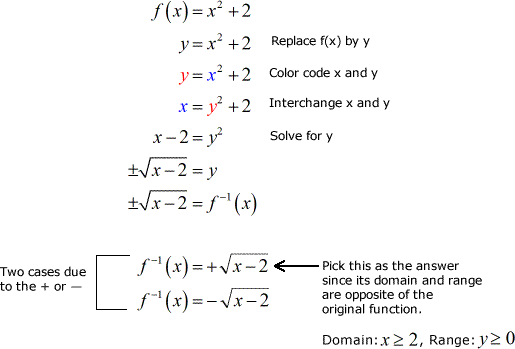



Inverse Of Quadratic Function Chilimath




Get Answer Show Transcribed Image Text 1 Given That F X X 2 5x 6 X 2 A Transtutors




Find Domain And Range Of Real Functions 1 F X X 2 3 X 2 F X 1 Sqrt X 5 3 F X X 1 X 2
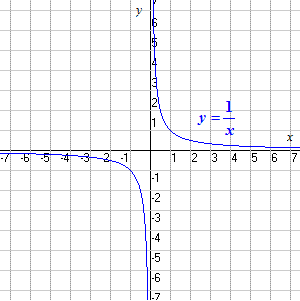



Domain And Range
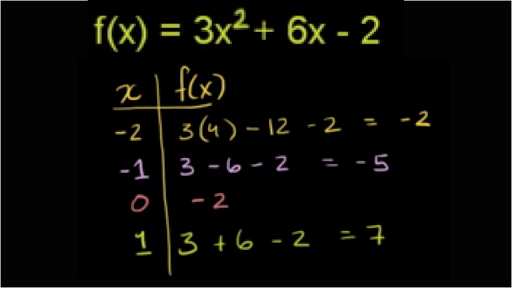



Domain And Range Of Quadratic Functions Video Khan Academy




The Domain Of F X 2 Log3 X 1 Is
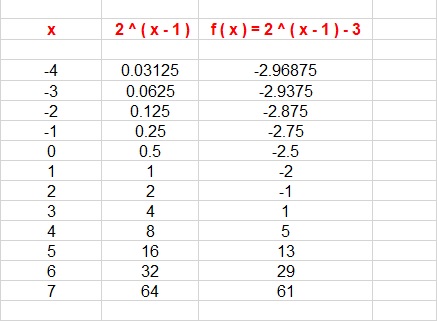



How Do You Graph F X 2 X 1 3 And State The Domain And Range Socratic




Exercise 1 3 Functions Problem Questions With Answer Solution



Www Math Colostate Edu Clayton Teaching M113f09 Homework Hw1solutions Pdf




F X Log 1 3 H A Domain 0 Range B Domain 0 Homeworklib




Example 15 F X 1 X What Is The Domain And Range Examples




Find The Domain And Range Of The Function F R To R F X X 2 1




Domain And Range Of A Multiple Non Connected Lines From A Function Mathematics Stack Exchange




How To Find Domain And Range From A Graph Video Khan Academy
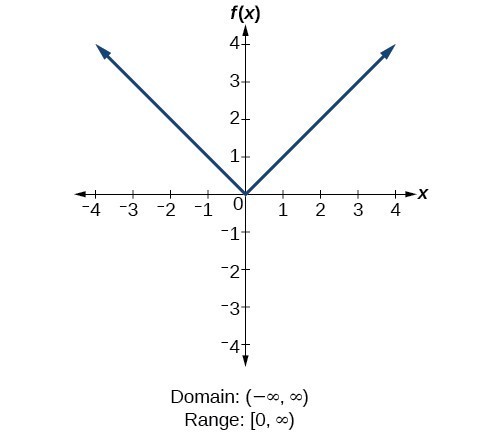



Find Domains And Ranges Of The Toolkit Functions Math 1314 College Algebra



Find The Domain And Range Of F X 2x 5 Mathskey Com




The Domain And Range Of The Function F Given By F X 2 X 5 Is Youtube



Answer In Algebra For Dani Wagas




Find Domain And Range Of Real Functions 1 F X X 2 3 X 2 F X 1 Sqrt X 5 Youtube



Draw The Graph Of The Function F X X 2 And Write Its Domain And Range Sarthaks Econnect Largest Online Education Community



What Is The Domain And Range Of F X X X Quora
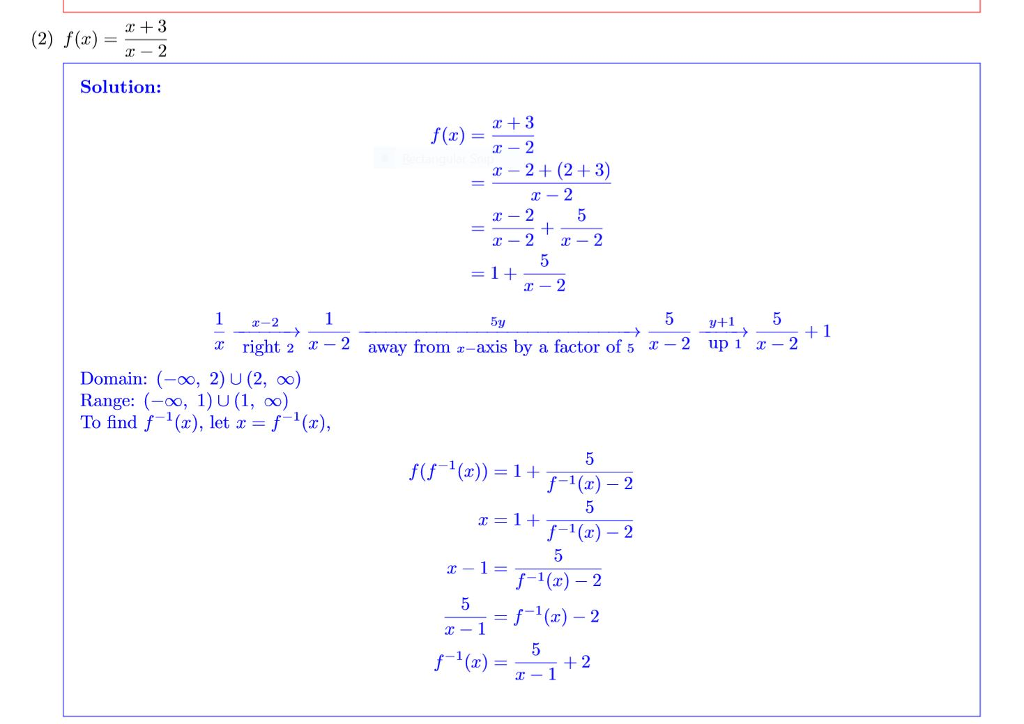



The Problem Was To Graph The Function Find The Chegg Com




Section 1 1 Relations And Functions Relation Domain Range Function Example 1 State The Domain And Range Of Each Relation Then State Whether Ppt Download




Find Domain And Range Of Real Functions 1 F X X 2 3 X




Mtu 6 5 Points Each Find The Domain And Range For F X A F X 2 Homeworklib



What Is The Range Of 1 X 2 1 Quora



Www Maths Dur Ac Uk Users Andrew Iskauskas Calculustutorials Week2 Pdf
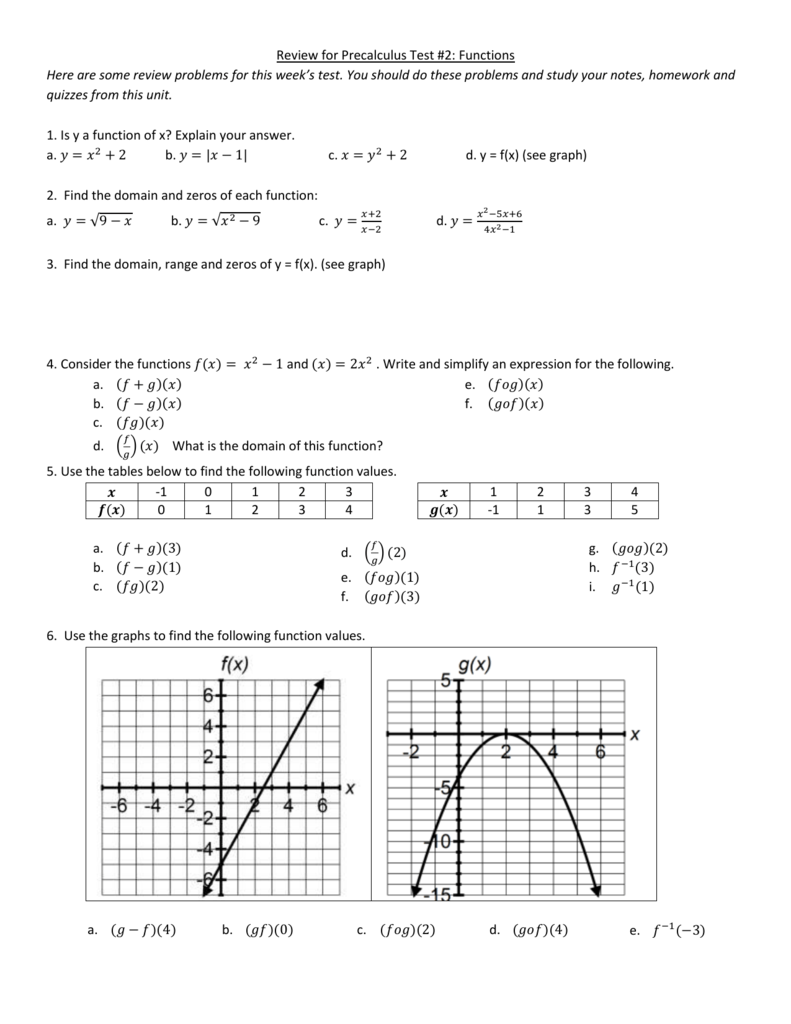



Review For Precalculus Test 2 Functions Here Are Some Review



1




Sketch The Graph Of F X Y Sqrt 1 X 2 Y 2 State The Domain And Range Of The Function Study Com



Q Tbn And9gcqnlzmdu7bo39sbnyy8n Qw7ju Qltdhgbmznxvwuughbwlyozz Usqp Cau



Resources Finalsite Net Images V Fairfieldschoolsorg Zweviahhgmq66lumvxba Ap Calc Summer Review Packet Key Pdf




Find The Domain Of The Function F X Frac X 4 X 2 9 Mathematics Stack Exchange
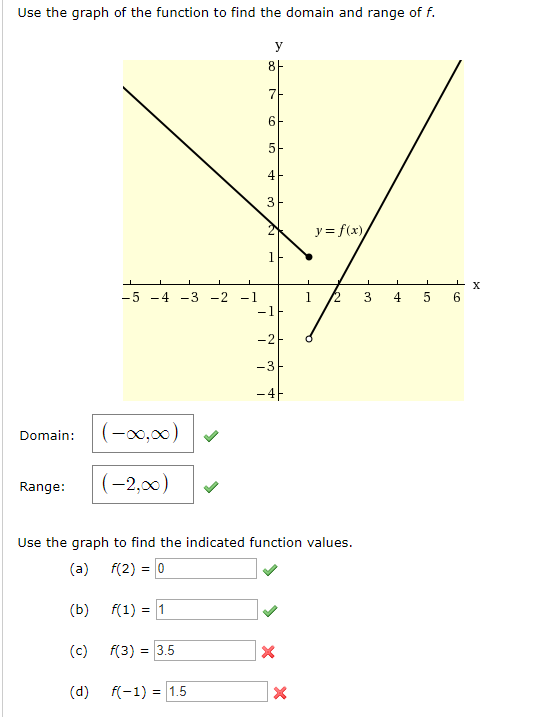



Use The Graph Of The Function To Find The Domain And Chegg Com
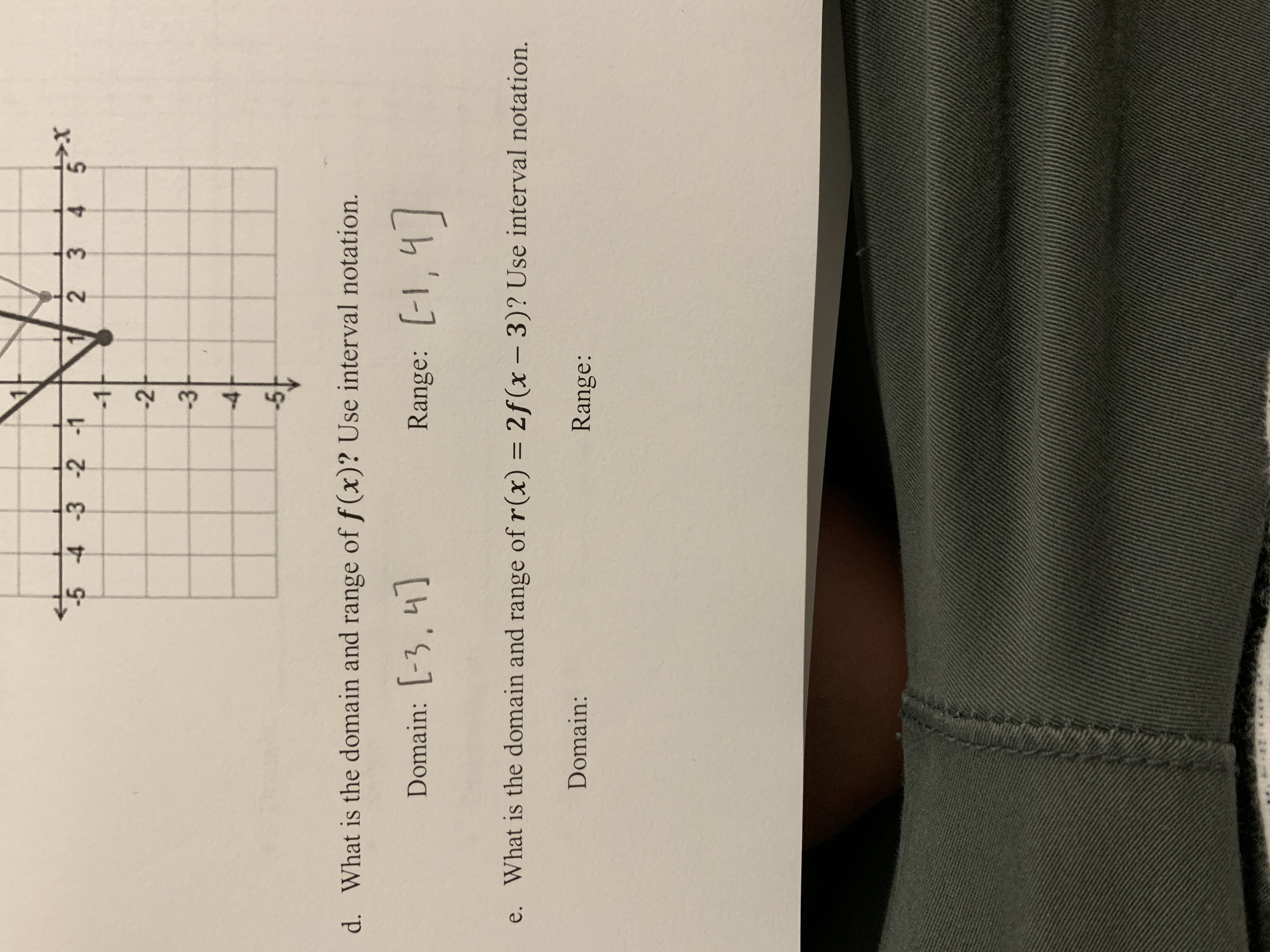



Answered X 2 3 4 5 5 4 3 2 1 1 2 3 4 5 D Bartleby



How To Find The Domain Of A Function
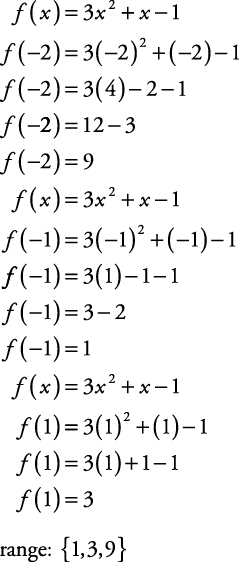



Functions



Solution Find The Range Of F X X 2 2x 1 Determine The Values Of X In The Domain Of 39 F 39 For Which F X 2 2 Means Squared



What Is The Domain And Range Of 1 X 3 Quora
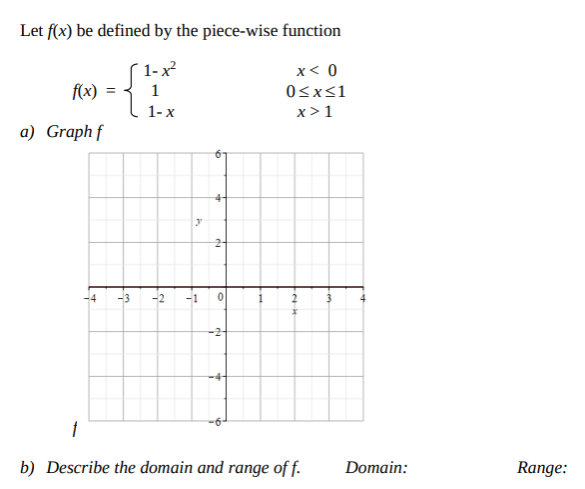



Answered Let F X Be Defined By The Piece Wise Bartleby



What Is The Domain And Range Of F X X 1 X 2 1 X 3 Quora




How To Find The Domain And Range Of A Function 14 Steps




Ex 2 3 2 Find The Domain And Range Of The Function F X X
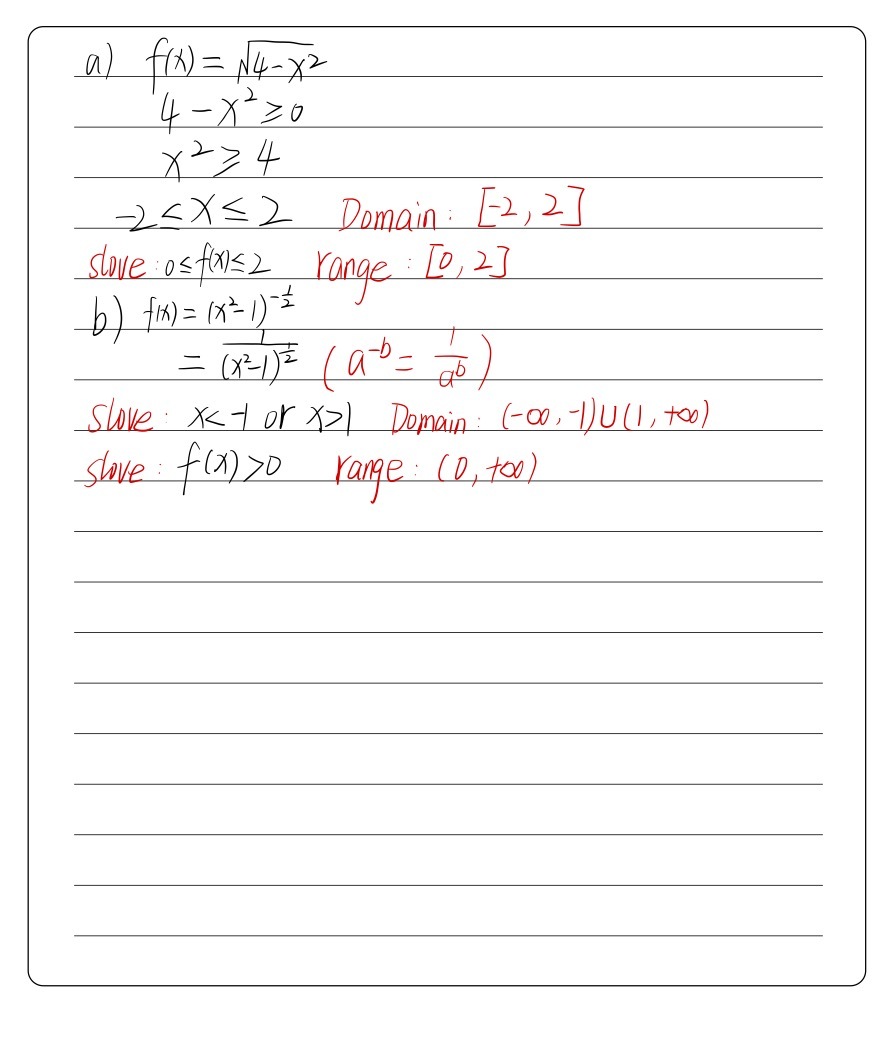



Question No 1 Determine The Domain And Range Of De Gauthmath
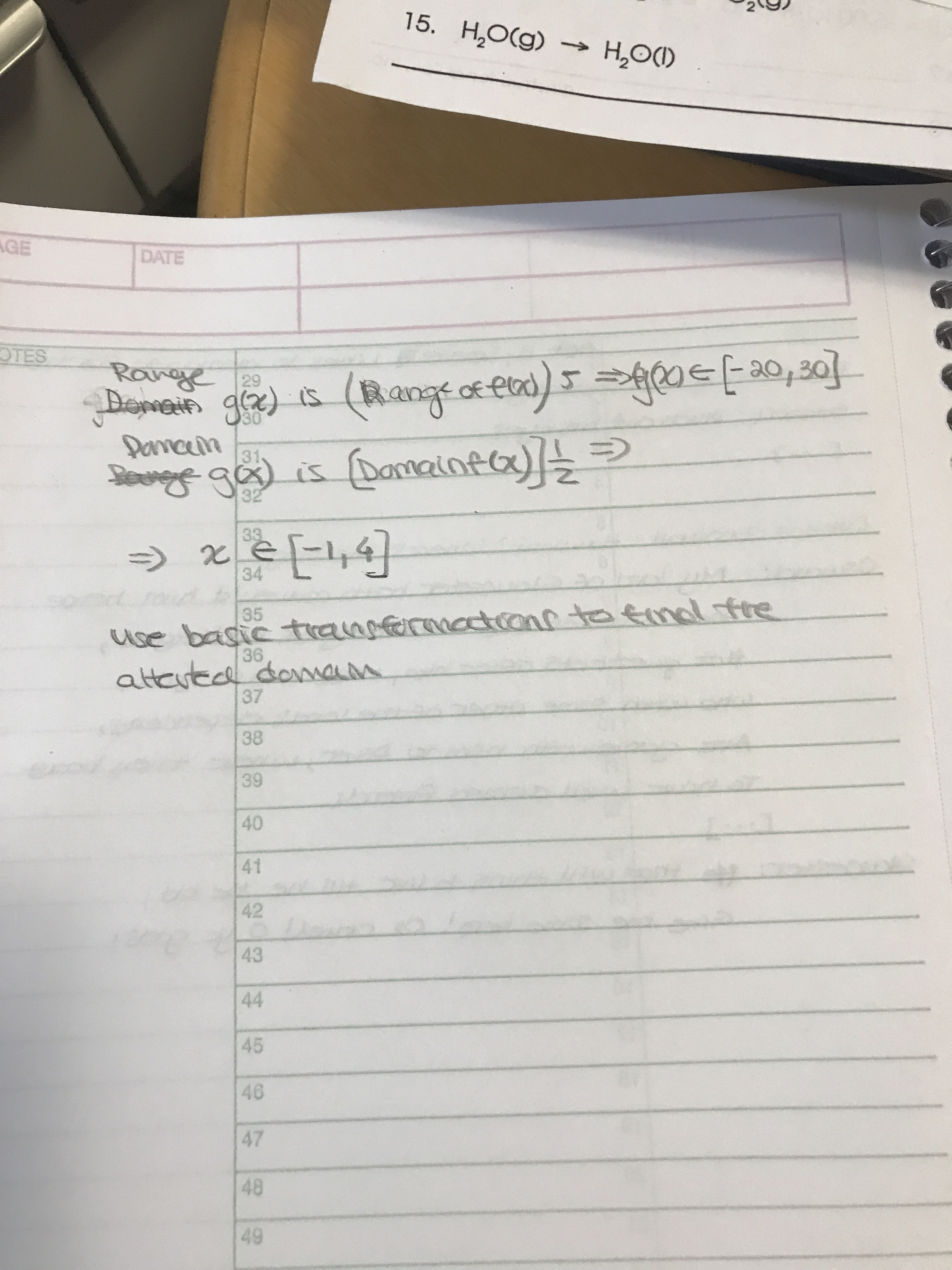



If The Function F X Has A Domain Of 2 X 8 And A Range Of 4 Y 6 And The Function G X Is Defined By The Formula G X 5f 2x Then What Are
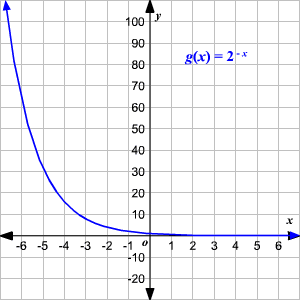



Domain And Range Of Exponential And Logarithmic Functions
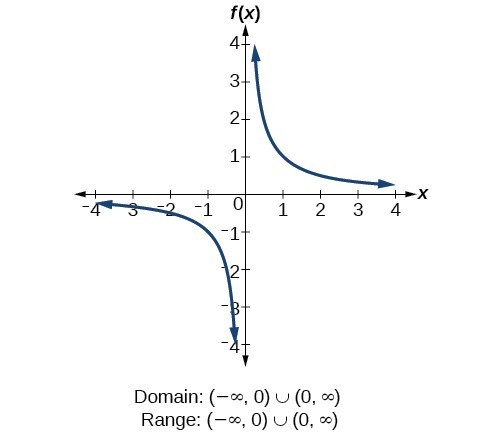



Find Domains And Ranges Of The Toolkit Functions Math 1314 College Algebra




Misc 4 Find Domain And Range Of F X Root X 1 Chapter 2
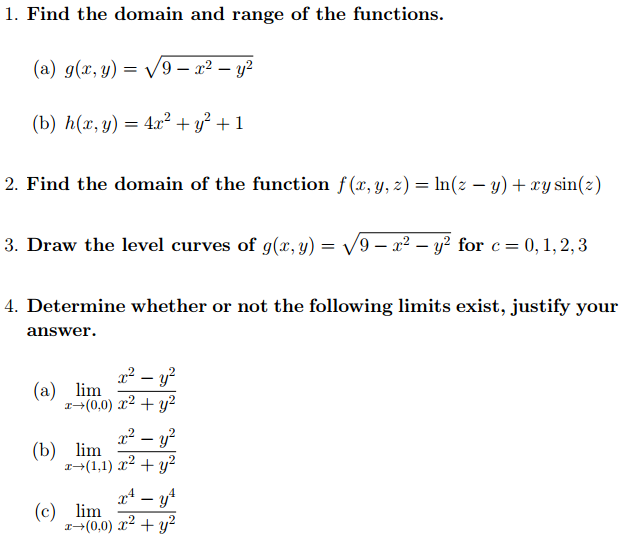



Find The Domain And Range Of The Functions G X Y Chegg Com



How Do You Find The Domain And Range Of Y Sqrt 3x 5 Socratic




Find Domain And Range Of Function Y 1 X 2 Youtube




Find The Domain Range Of F X 1 Square Root Of 9 X2 Maths Relations And Functions Meritnation Com
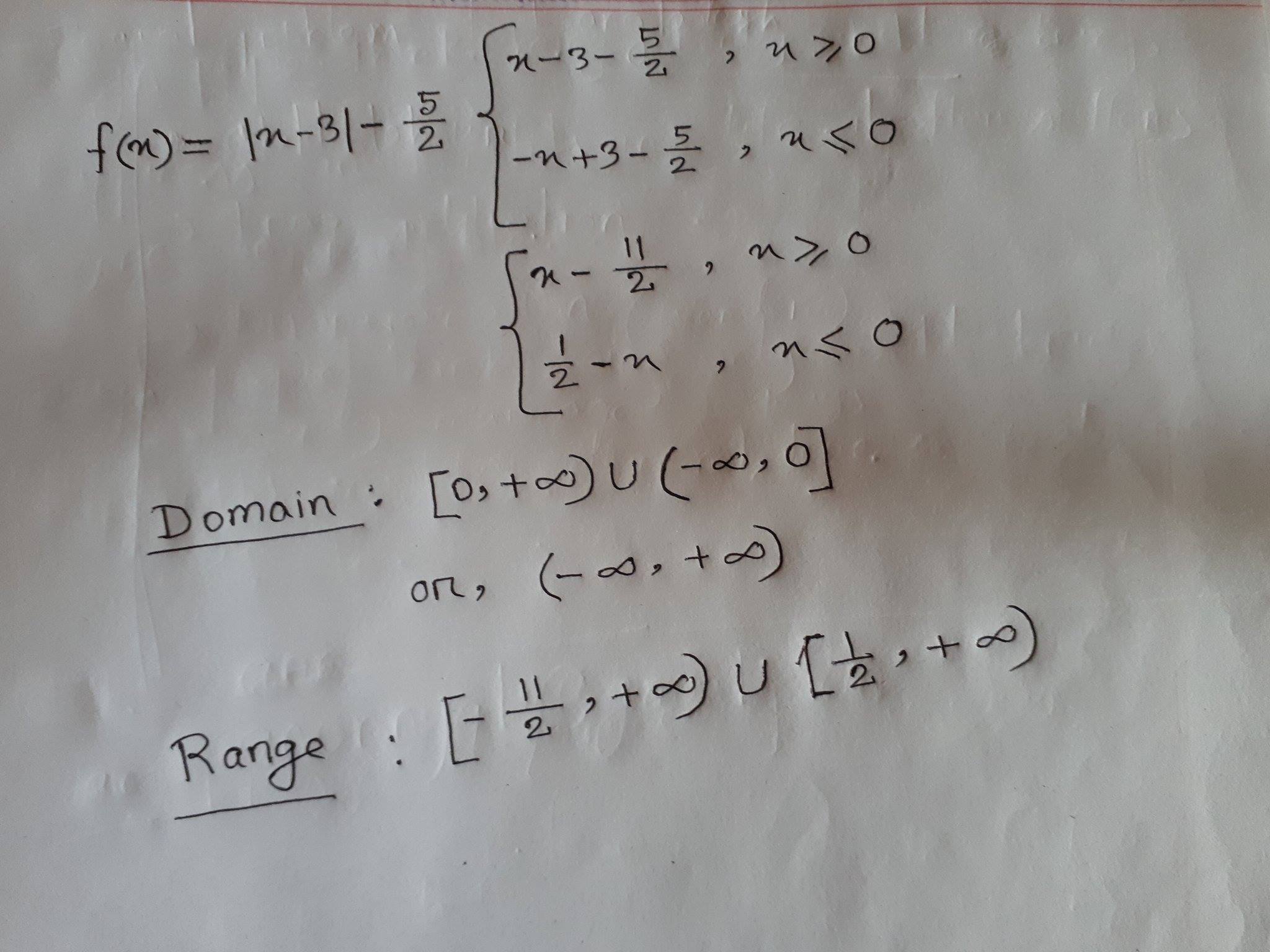



What Is The Domain And Range Of F X Abs X 3 5 2 Socratic



Http Fsw01 c Cuny Edu Luis Fernandez01 Web Teaching Classes Math30 Nikos 30sp10 Funex Pdf
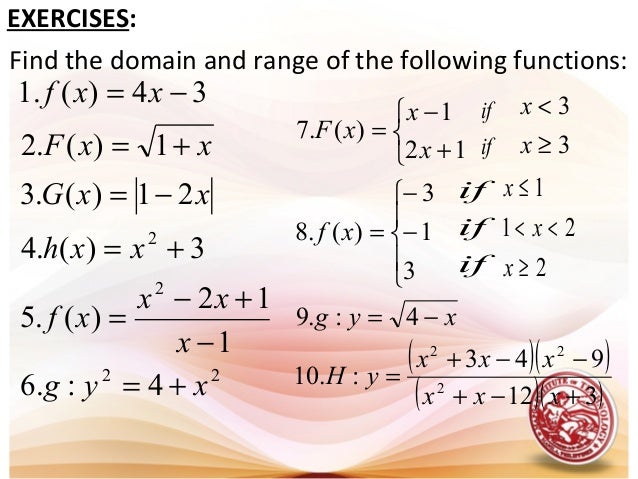



L1 Functions Domain Amp Range



The Domain And Range Of The Function F X X 2 Is Donimain




Find The Domain And Range Of F X 7x 2 4x 1 Brainly In
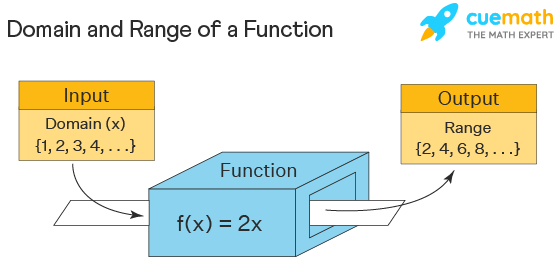



Domain And Range Examples Domain And Range Of Functions




Find The Range Of Each Of The Following Functions F X X 3 F X 1 X 2 F X X 4 Youtube




How To Find The Domain Of A Function Video Khan Academy
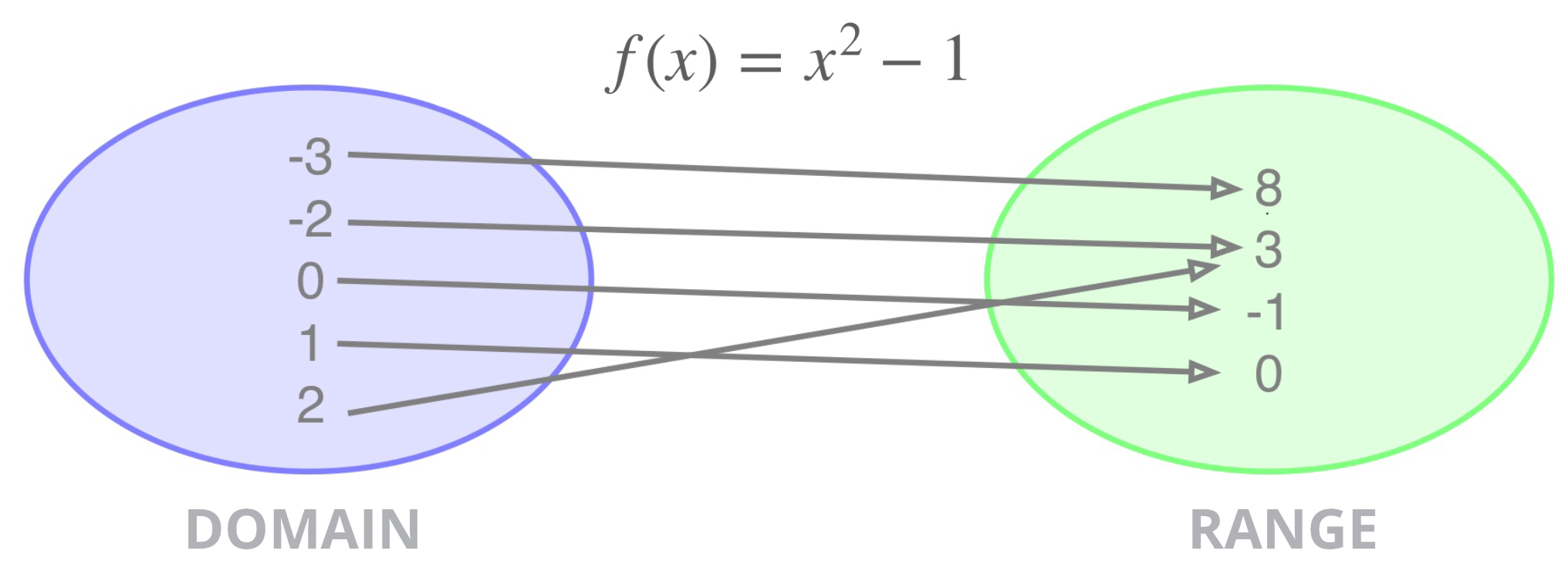



Domain Range A Function




Find Domain And Range Of Function Y 1 X 2 Youtube
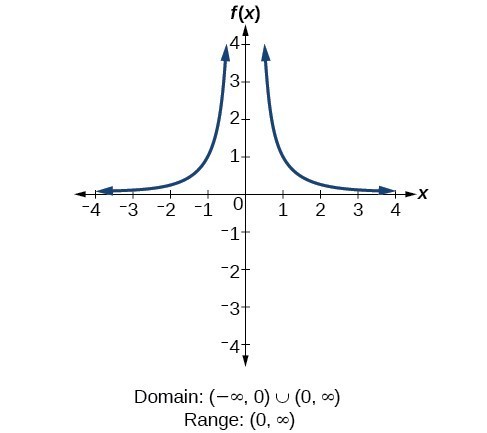



Find Domains And Ranges Of The Toolkit Functions Math 1314 College Algebra
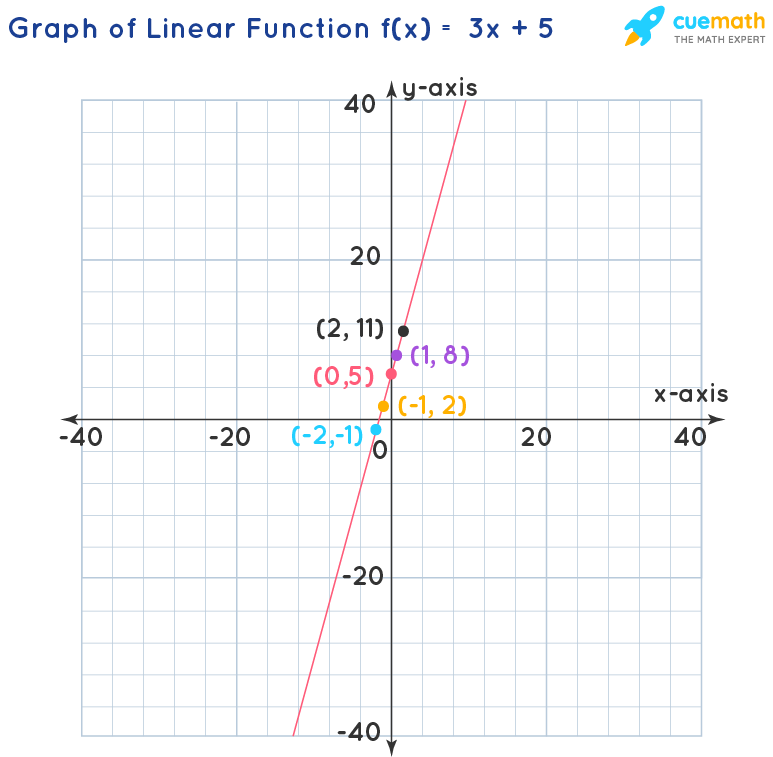



What Are The Domain And Range Of The Function F X 3 X 5 Solved




Igcsefm Domain Range Ppt Download




Igcse Further Maths Domain Range Teaching Resources



What Is The Domain And Range Of 1 X 3 Quora




Misc 6 Let F X X2 1 X2 X R Find Range Chapter 2
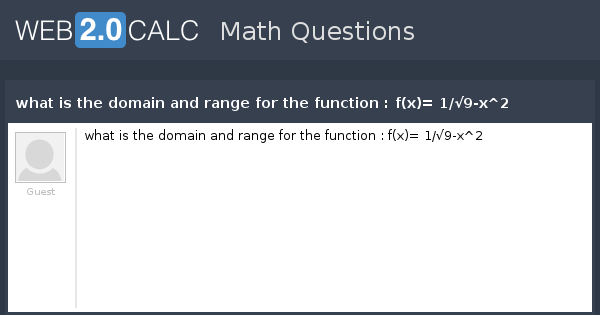



View Question What Is The Domain And Range For The Function F X 1 9 X 2




Domain And Range Of Functions




Misc 5 Find Domain And Range Of F X X 1 Class 11



No comments:
Post a Comment